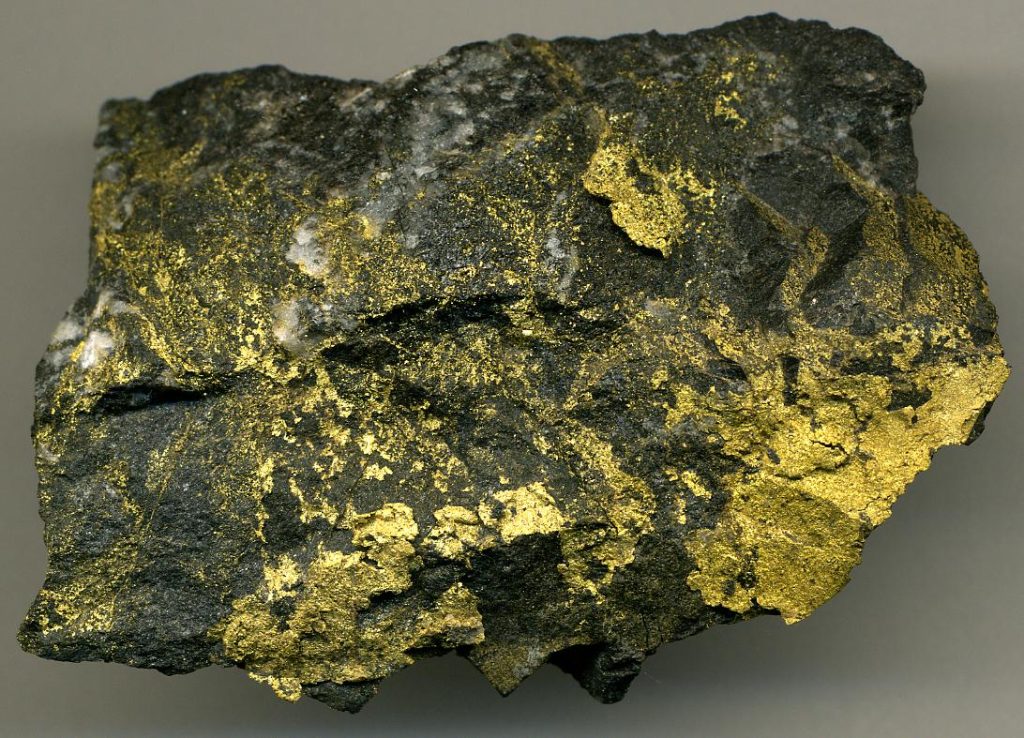In today’s fast-paced world, peace of mind is a priceless asset and when it comes to the safety and security of your home, car, or business, there is no room for compromise. That is where professional locksmith services come in. Quick, reliable, and highly skilled, modern locksmiths offer more than just emergency lockout solutions they provide reassurance, safety, and confidence every step of the way. One of the greatest benefits of working with a professional locksmith is their speed and efficiency. Emergencies do not wait for a convenient time to happen. Whether you are locked out of your house late at night, misplaced your car keys in a busy parking lot, or need to secure your office after hours, a skilled locksmith can arrive promptly and solve the issue without delay. Their training and tools allow them to tackle any lock or key situation swiftly, reducing your stress and getting you back to your routine in no time. Beyond emergencies, locksmiths play a vital role in enhancing overall security. Today’s locksmiths are highly knowledgeable about the latest in lock technology, from smart locks and digital keypads to high-security deadbolts and access control systems.

They can recommend and install customized solutions that meet your specific needs, offering protection that is both robust and user-friendly. Whether you are upgrading your home security or safeguarding a commercial property, professional locksmiths are your partners in creating a safer environment. Another reason to appreciate locksmith services is the trust and professionalism they bring to the table. Licensed and insured locksmiths undergo extensive training and background checks, ensuring they uphold the highest standards of integrity. Their job is not only to open doors but also to build trust something they take very seriously. When you call a reputable cardiff locksmith, you can rest easy knowing you are in safe and capable hands, especially when it matters most. Additionally, locksmiths offer a surprising range of services beyond what many expect. From rekeying locks and duplicating keys to installing safes and repairing broken mechanisms, their expertise covers a broad spectrum of security solutions.
They can even help during less urgent situations, such as conducting security audits or recommending upgrades to outdated locks. This proactive approach helps prevent problems before they arise, giving you long-term peace of mind. Perhaps most importantly, locksmith services provide a sense of control in uncertain situations. There is something deeply reassuring about knowing help is just a phone call away, no matter the time or place. That feeling of being supported by a capable professional transforms moments of frustration into manageable solutions, and stressful events into positive outcomes. In conclusion, quick and professional locksmith services offer far more than the ability to unlock a door they unlock peace of mind. With their speed, reliability, and dedication to security, locksmiths are a valuable resource in today’s world. Whether you are facing an urgent lockout or looking to strengthen your property’s defenses, choosing a trusted locksmith is a smart and empowering step toward safety and serenity.






